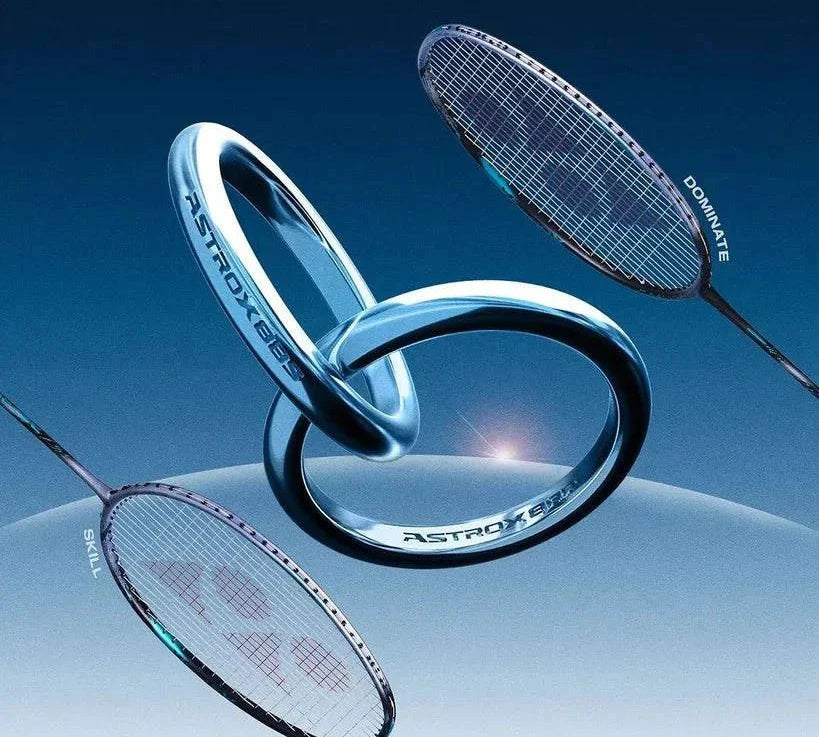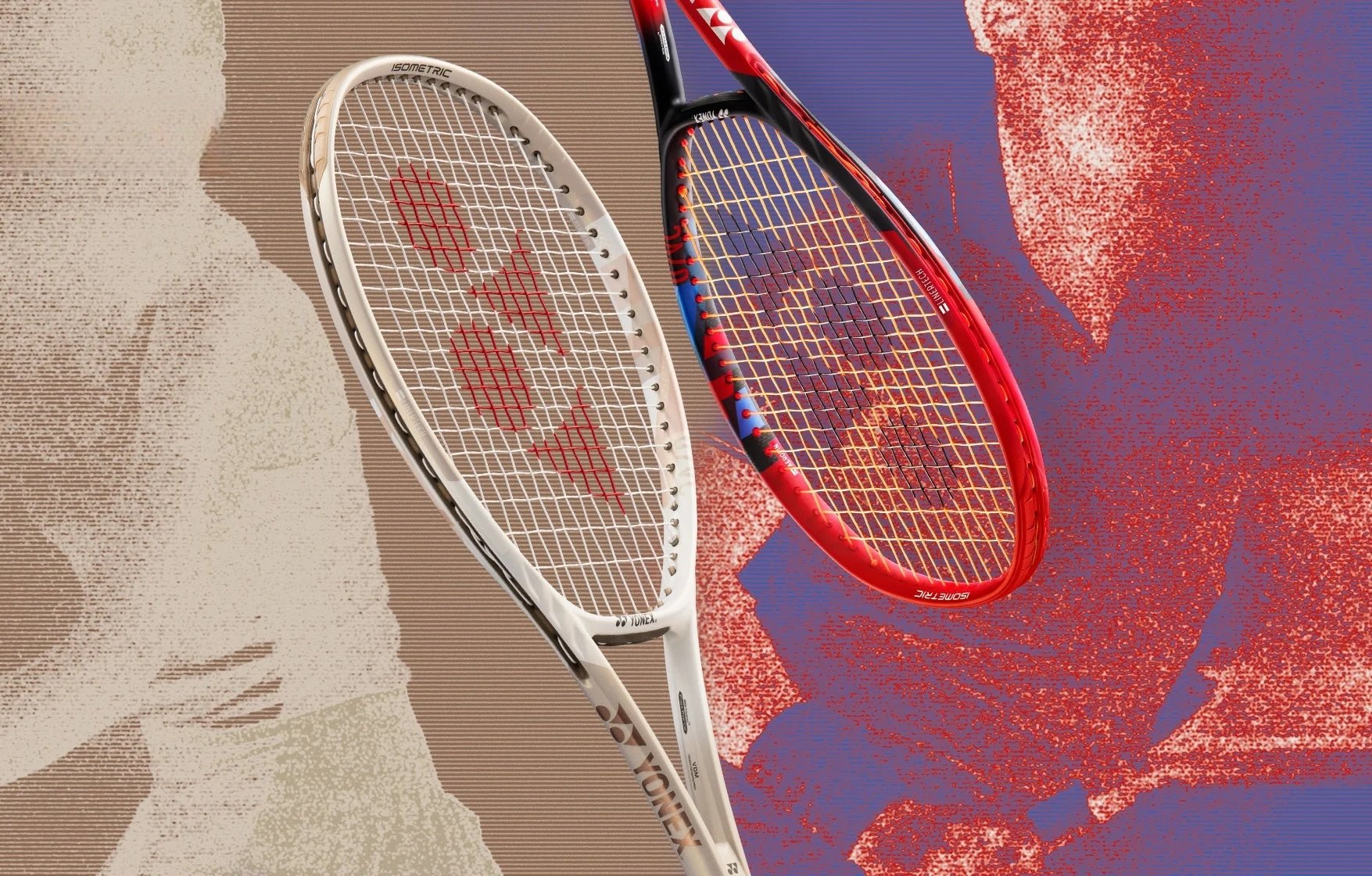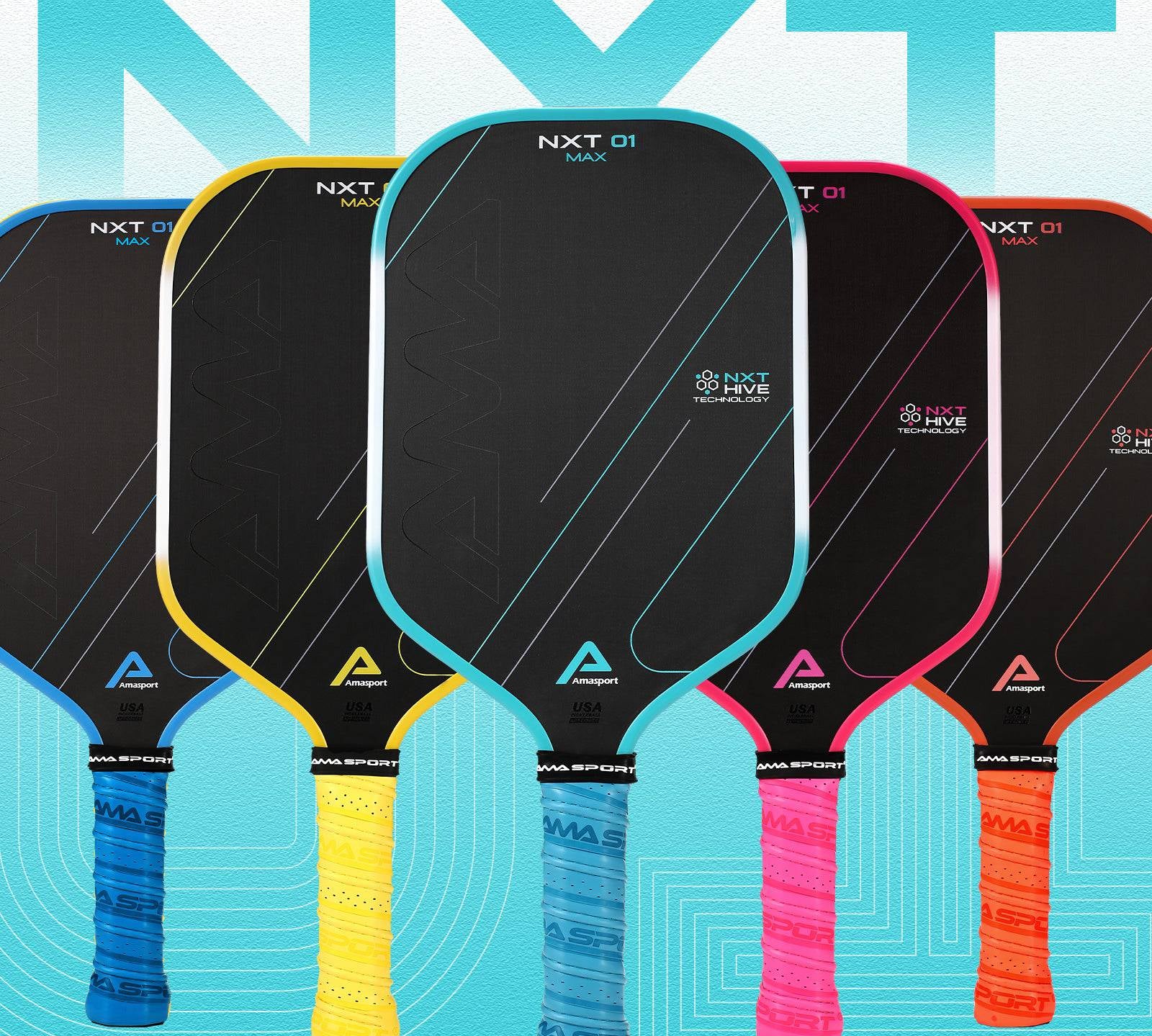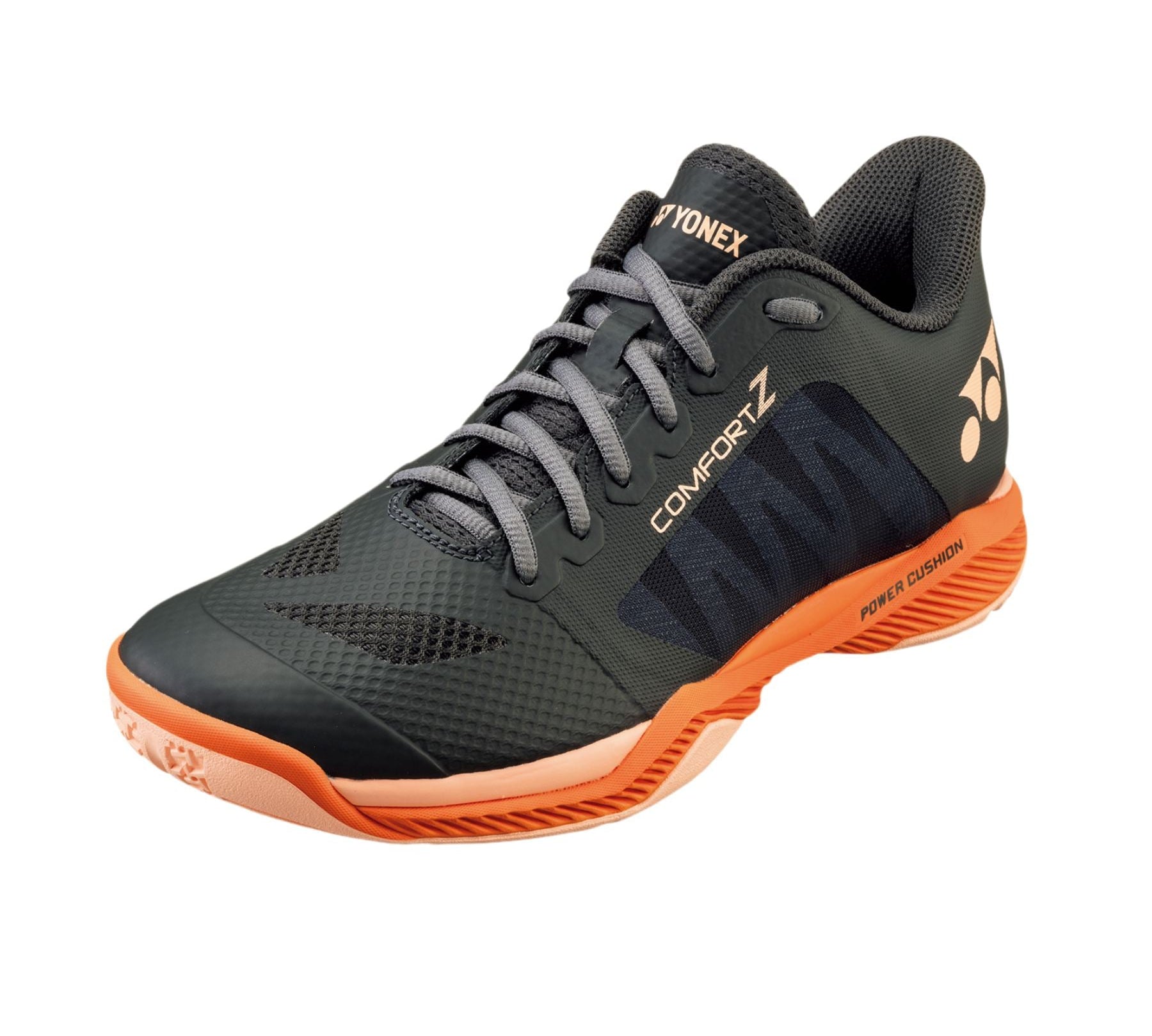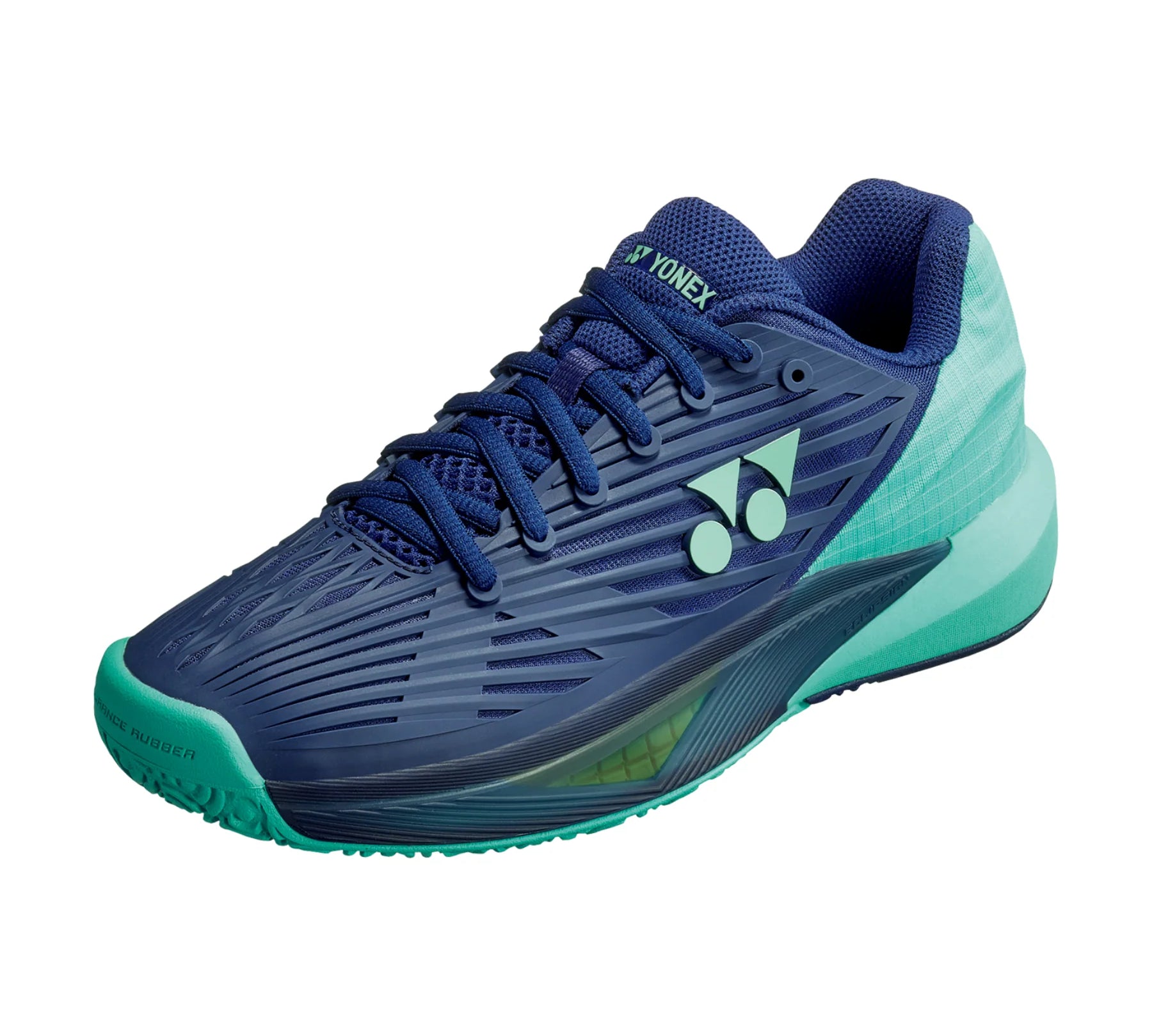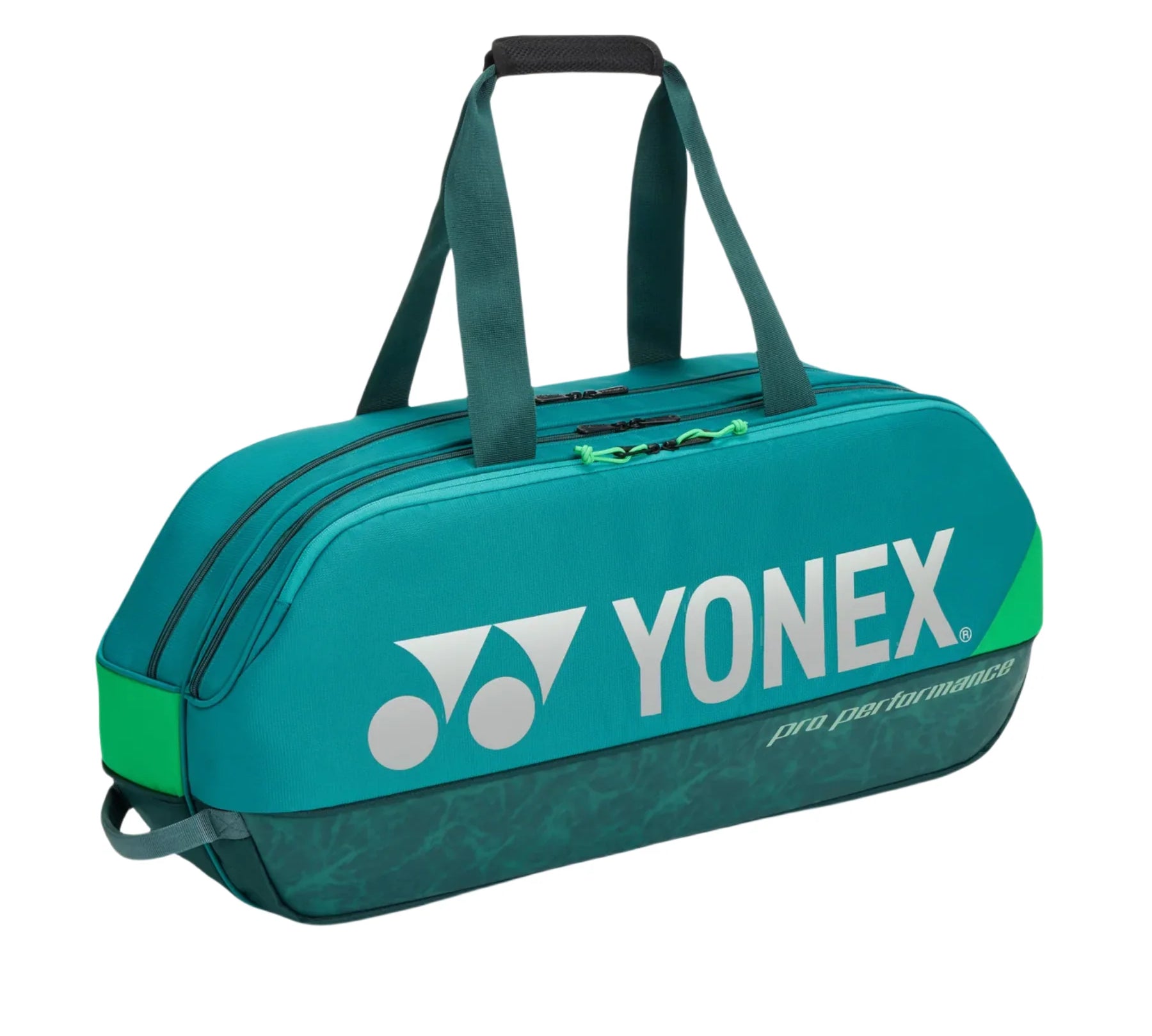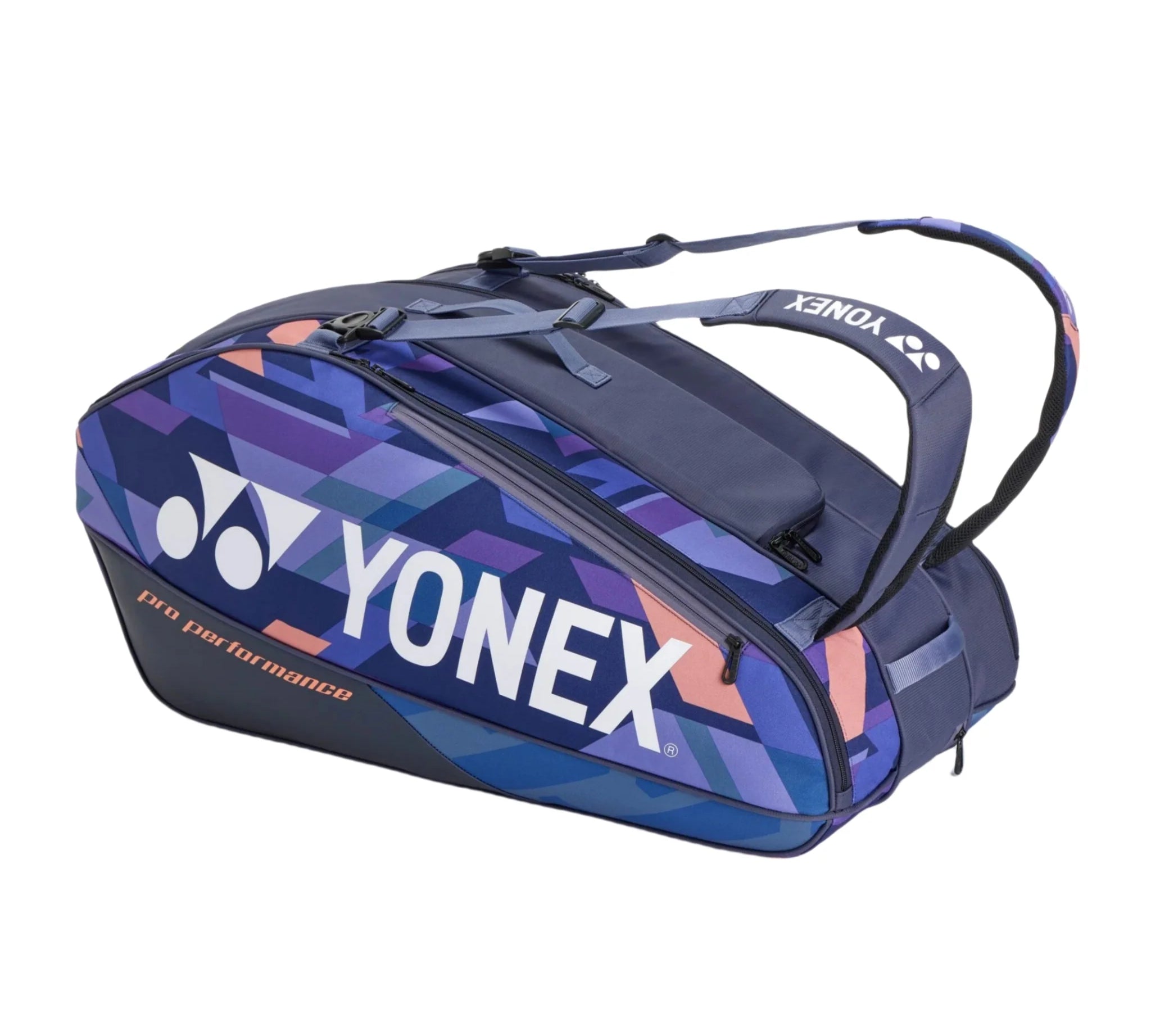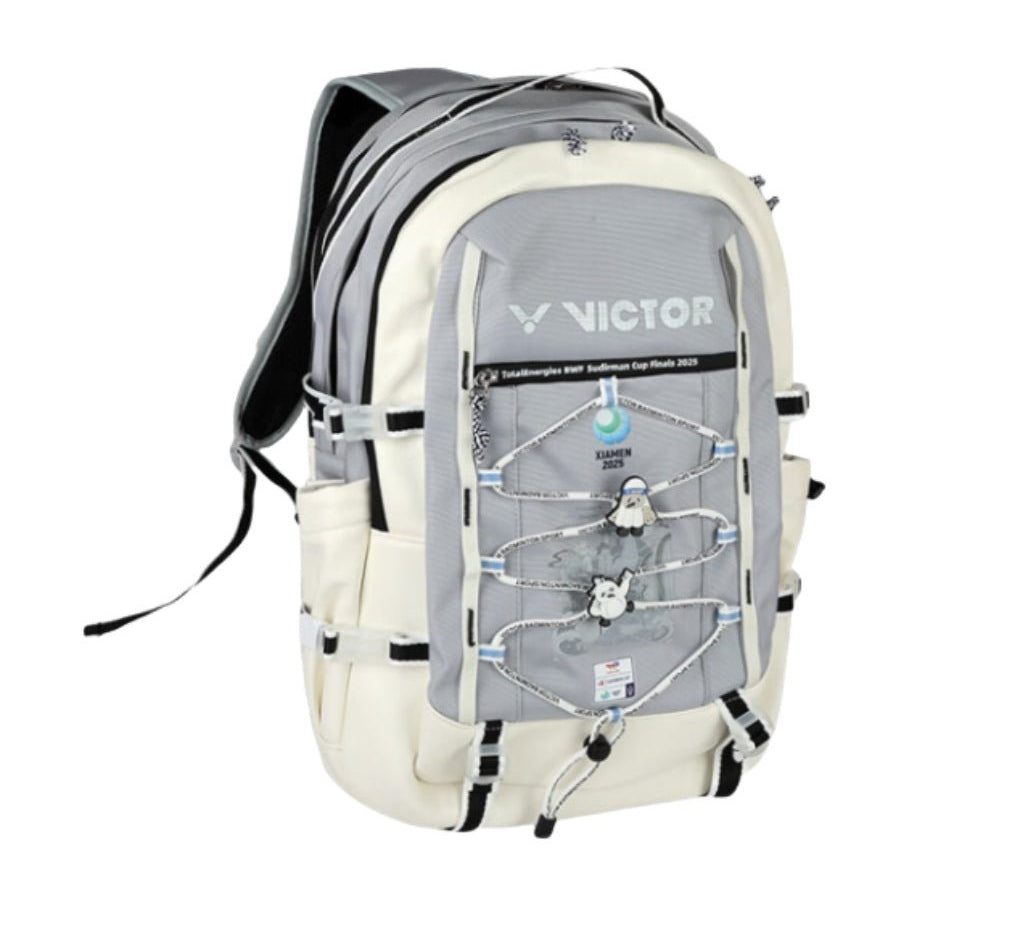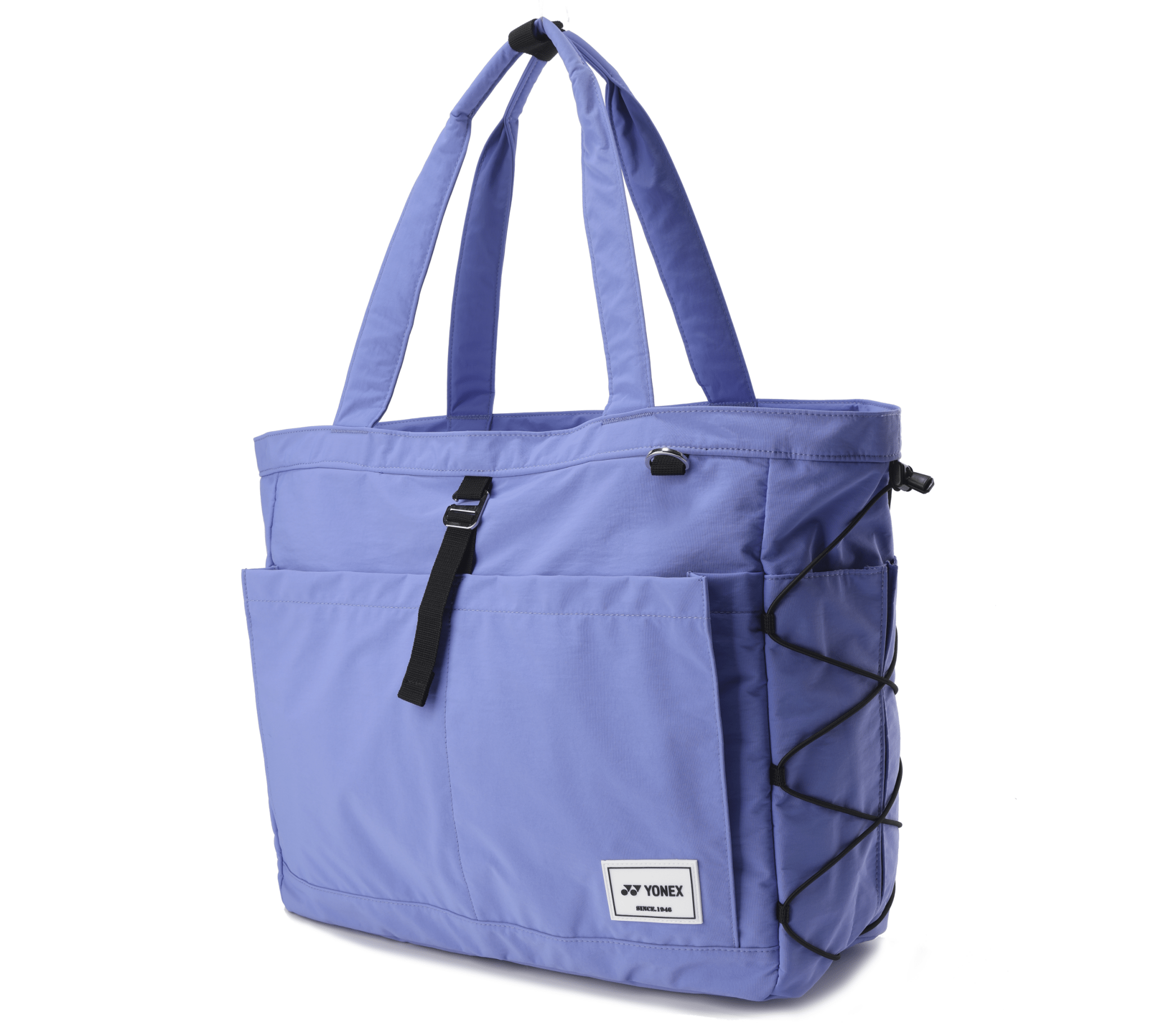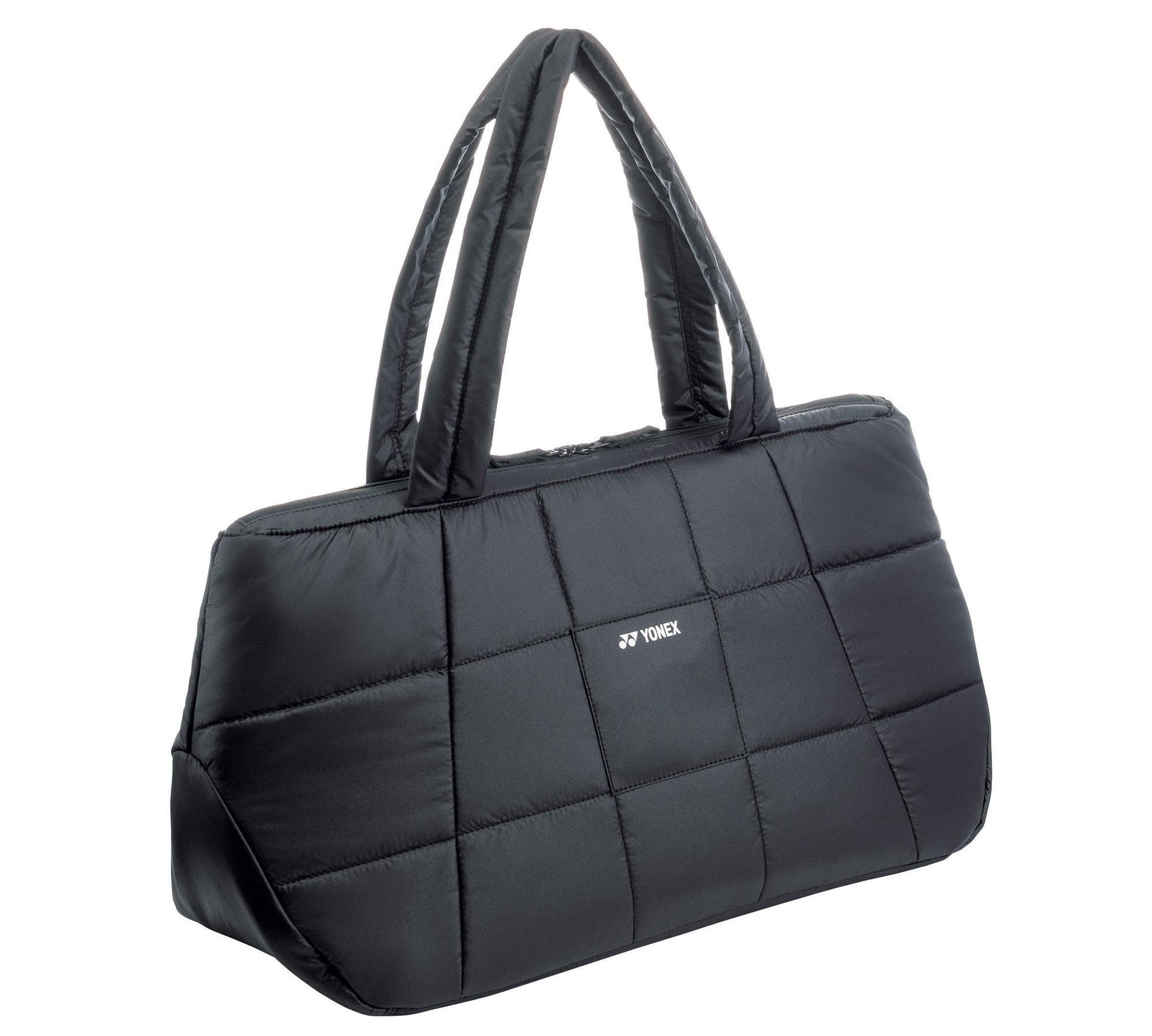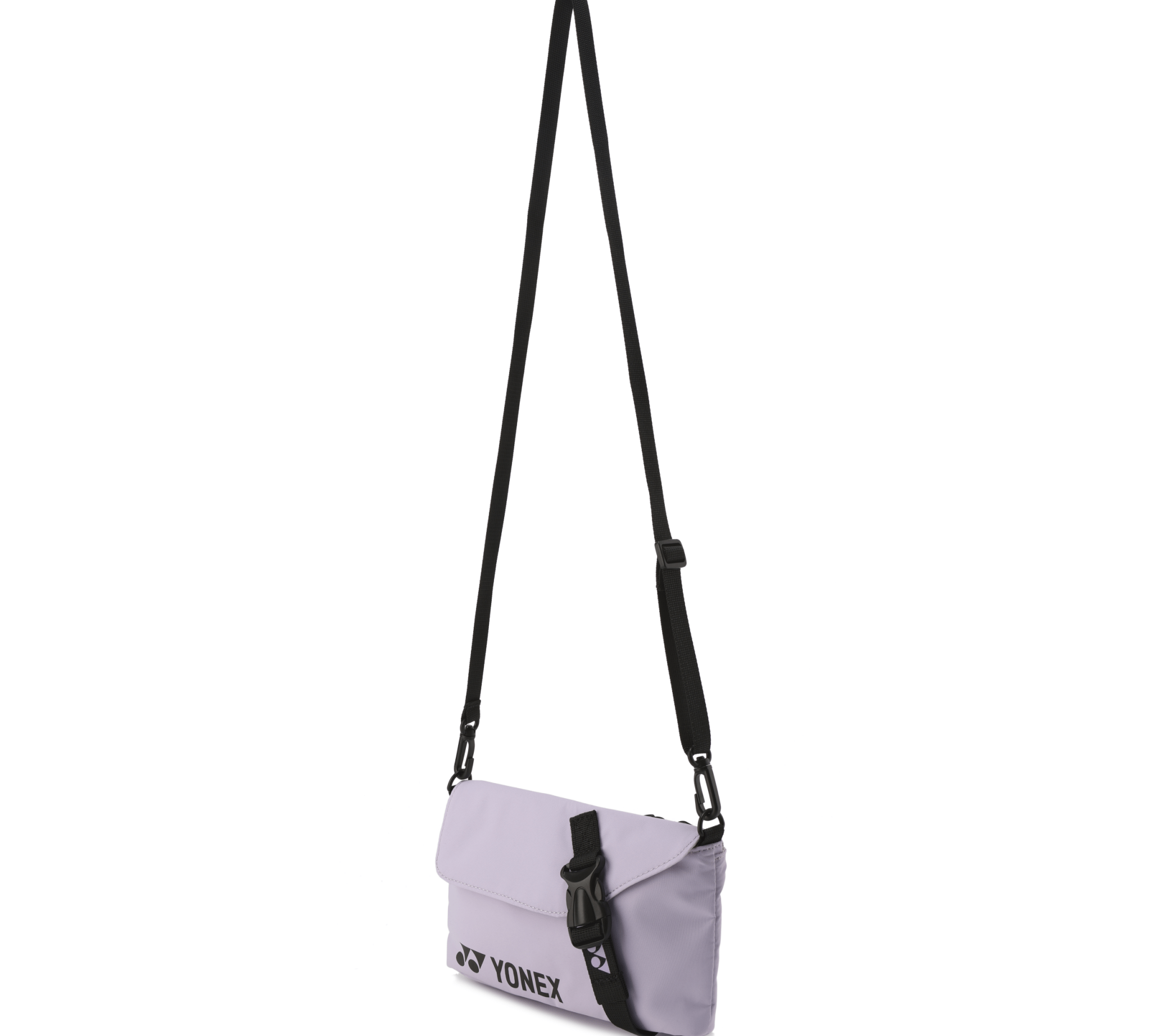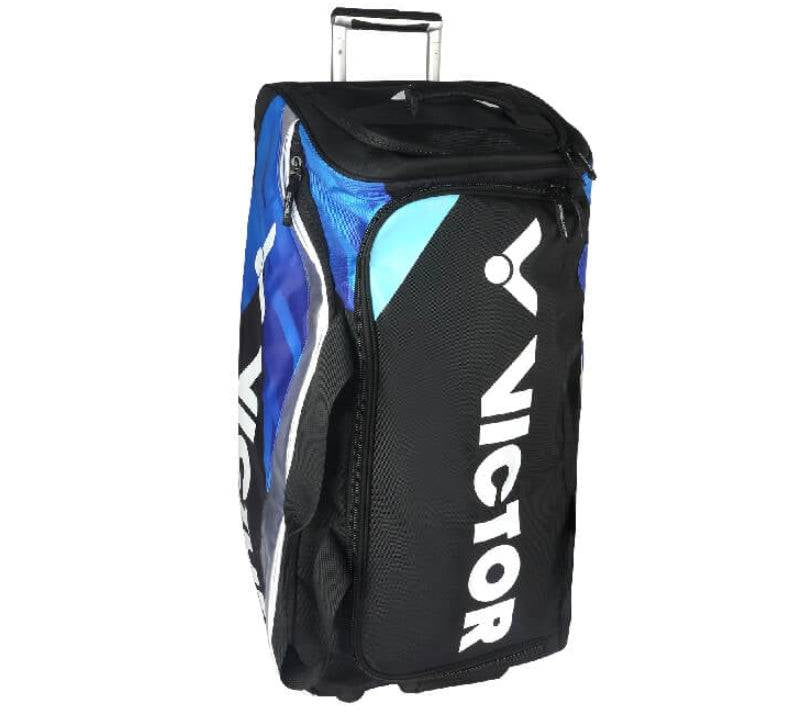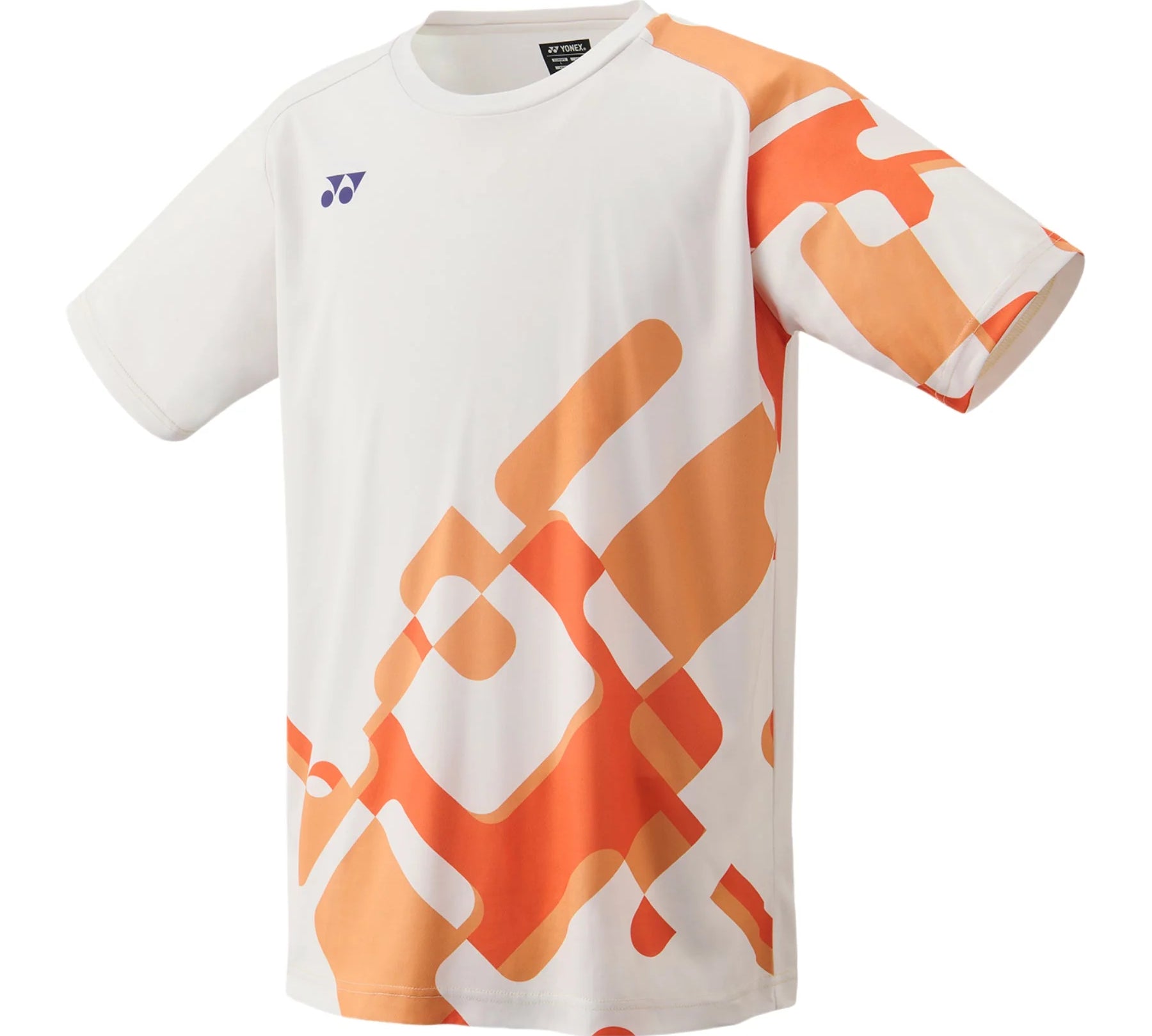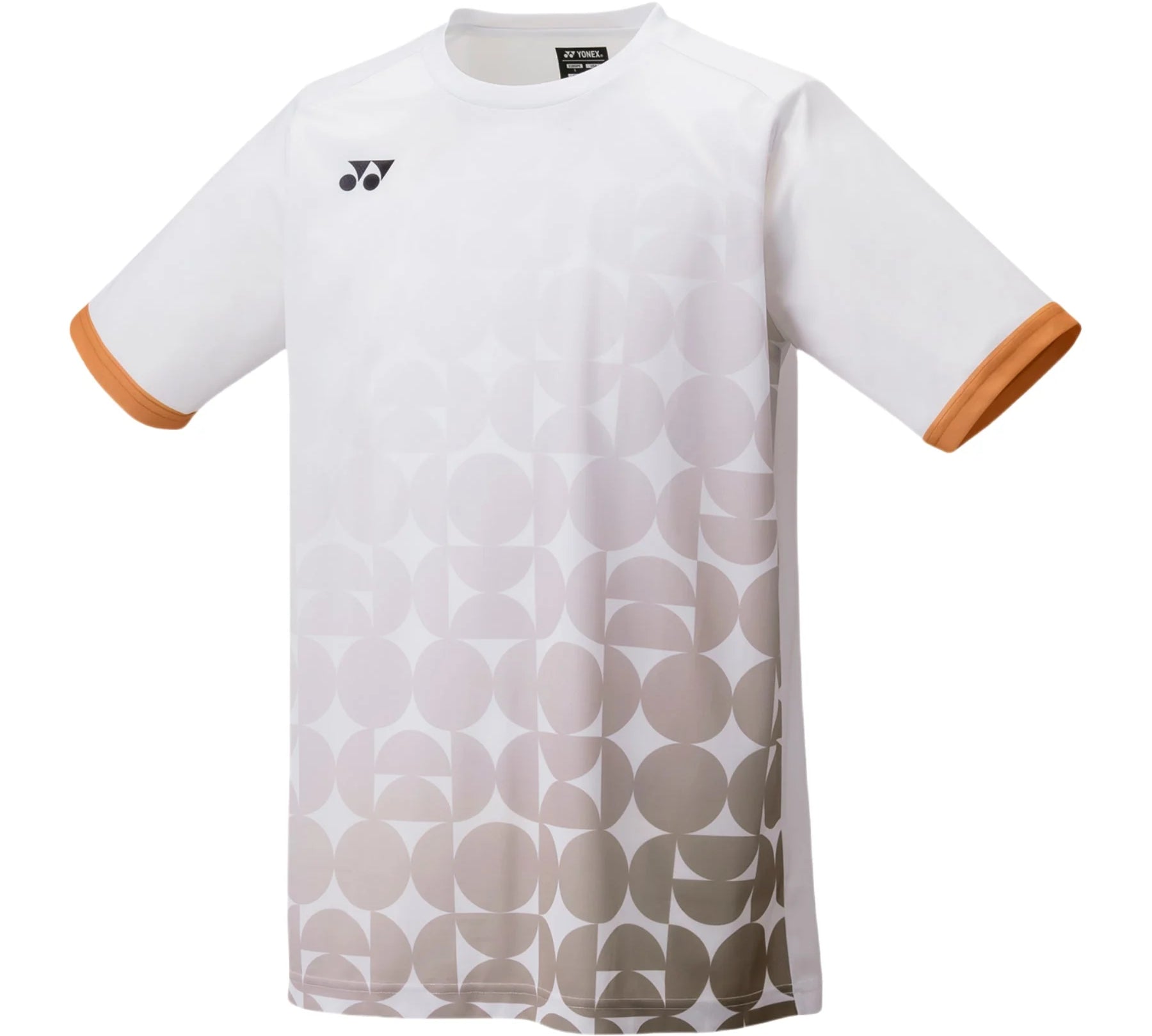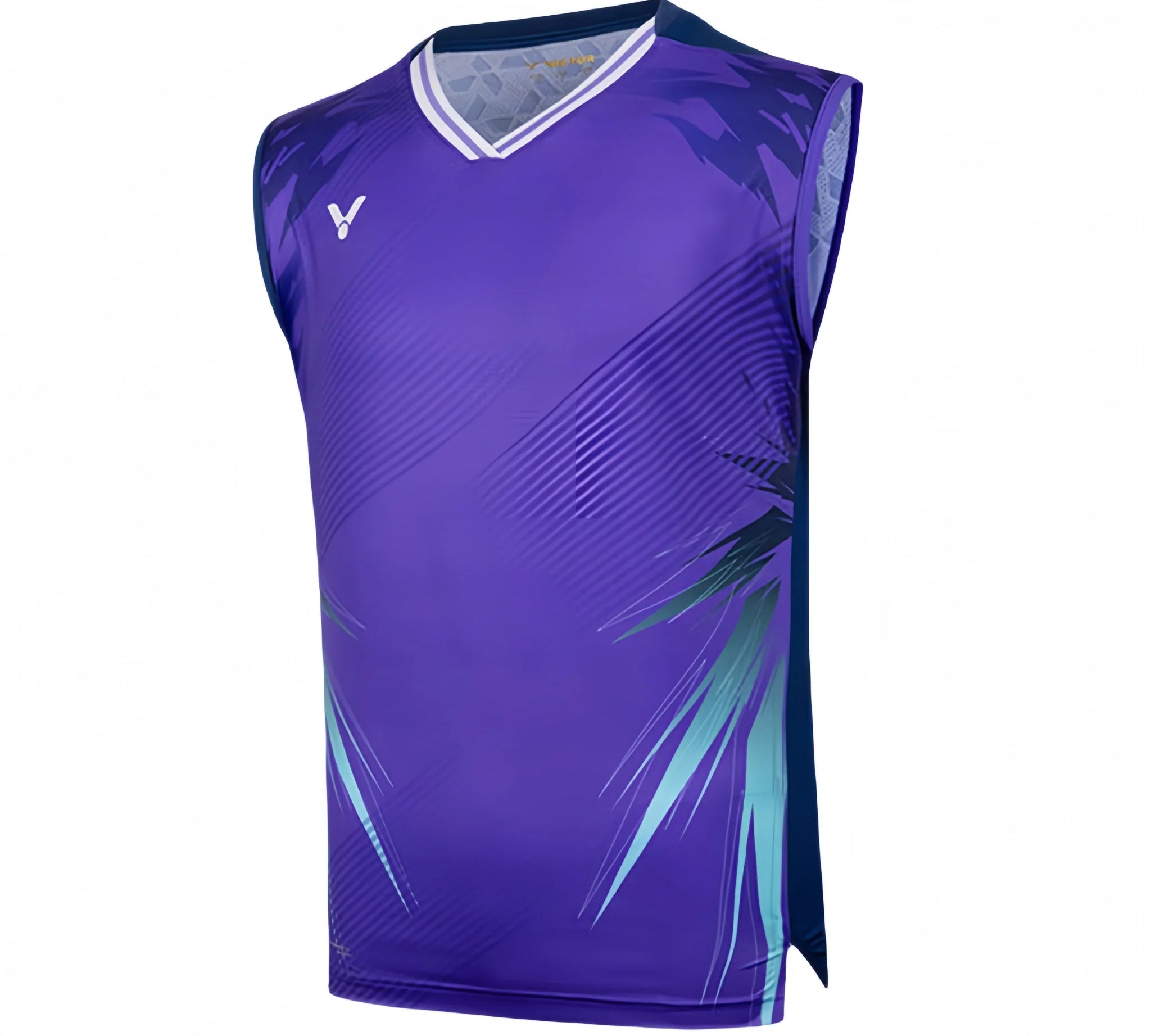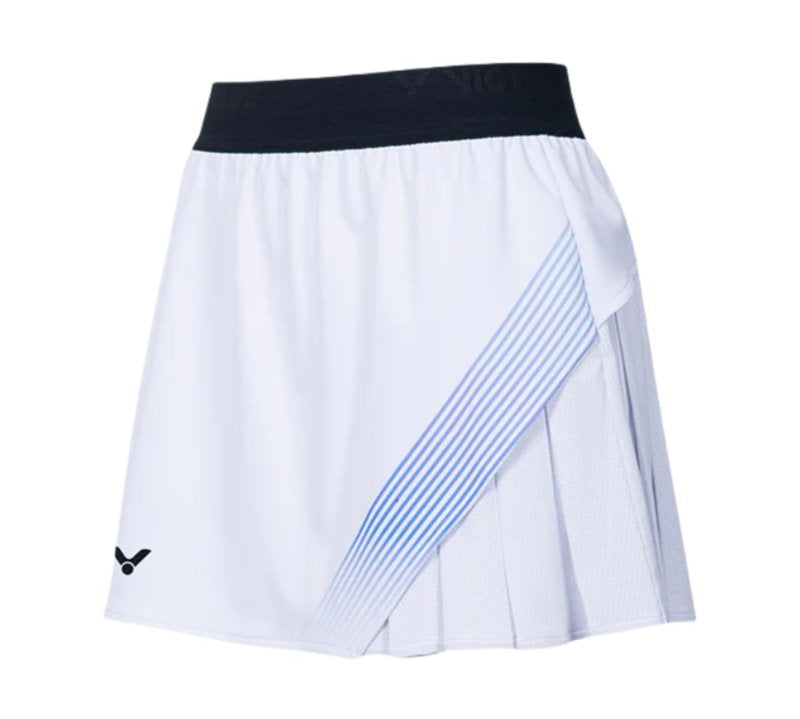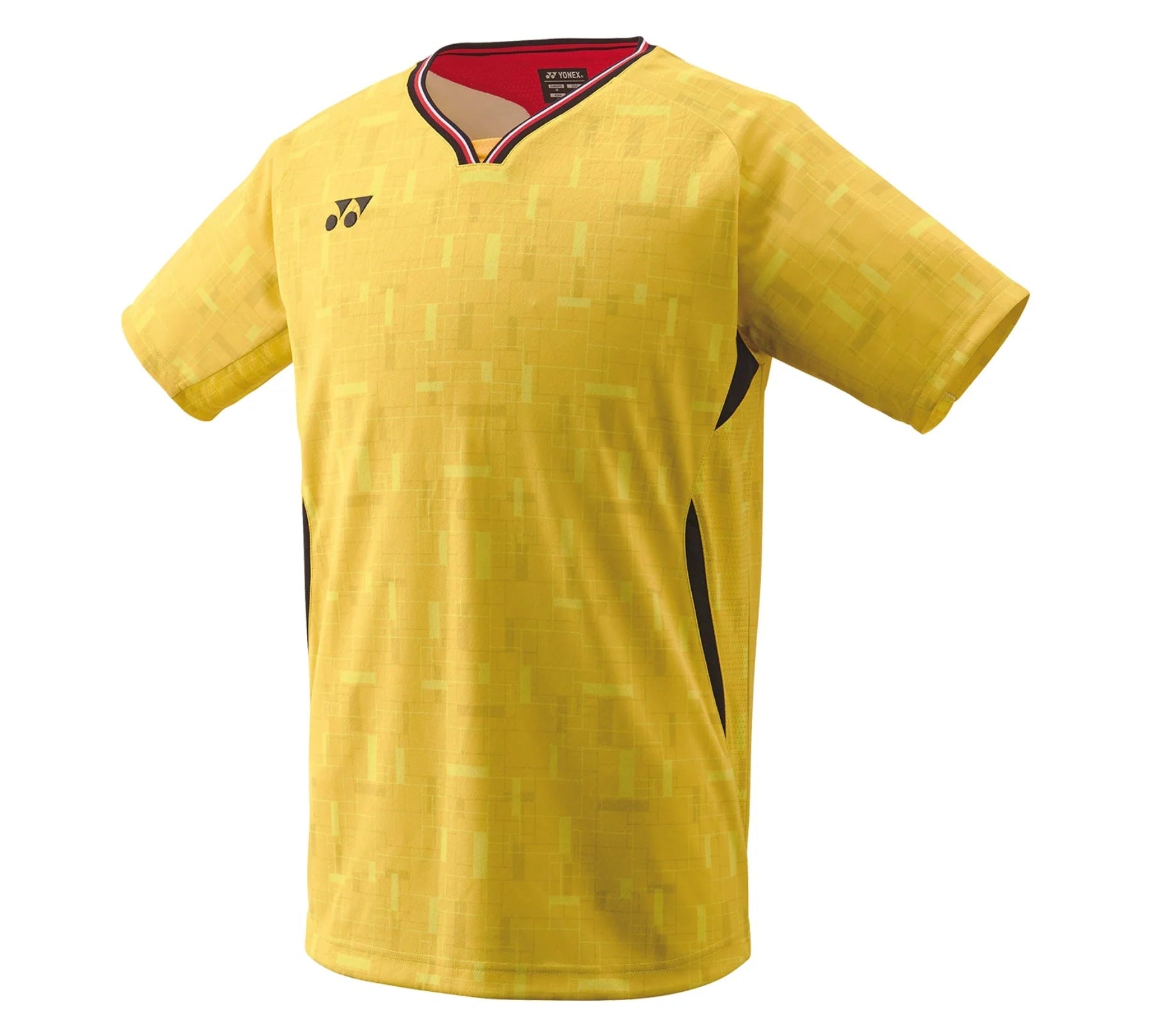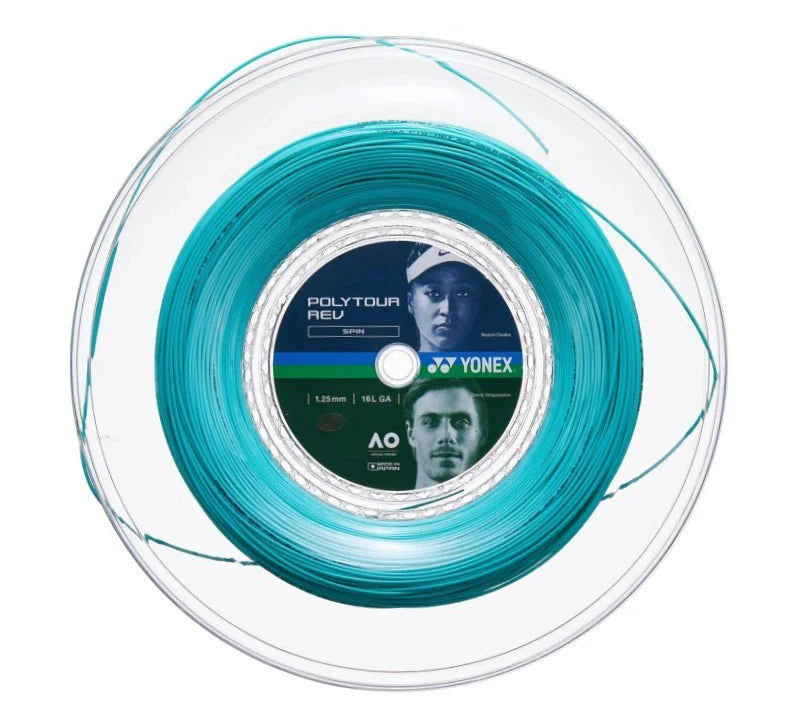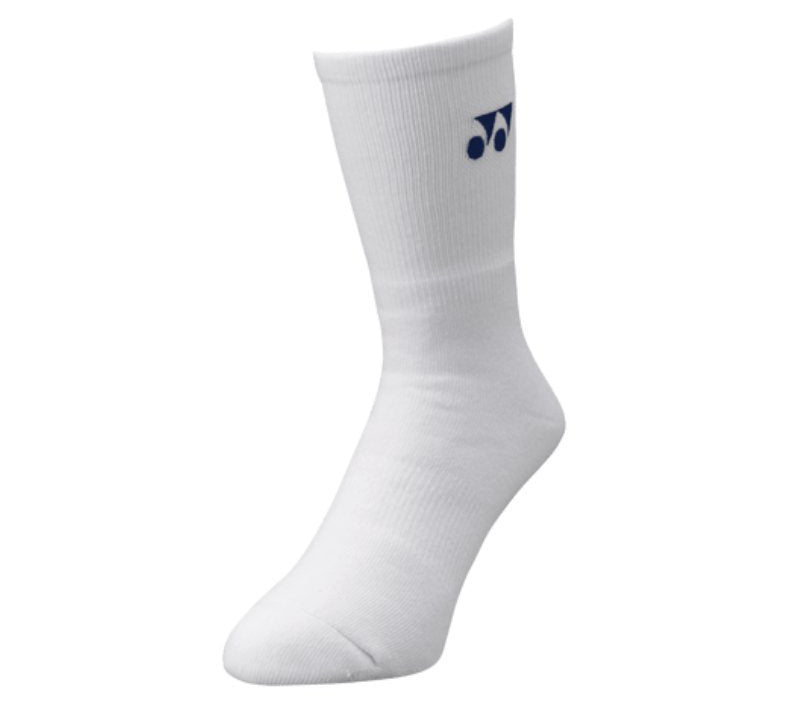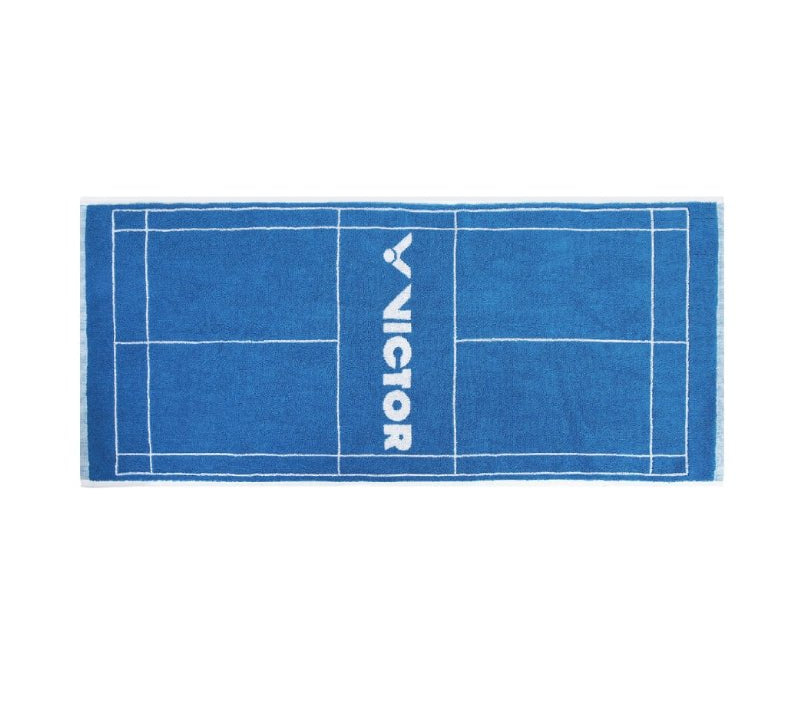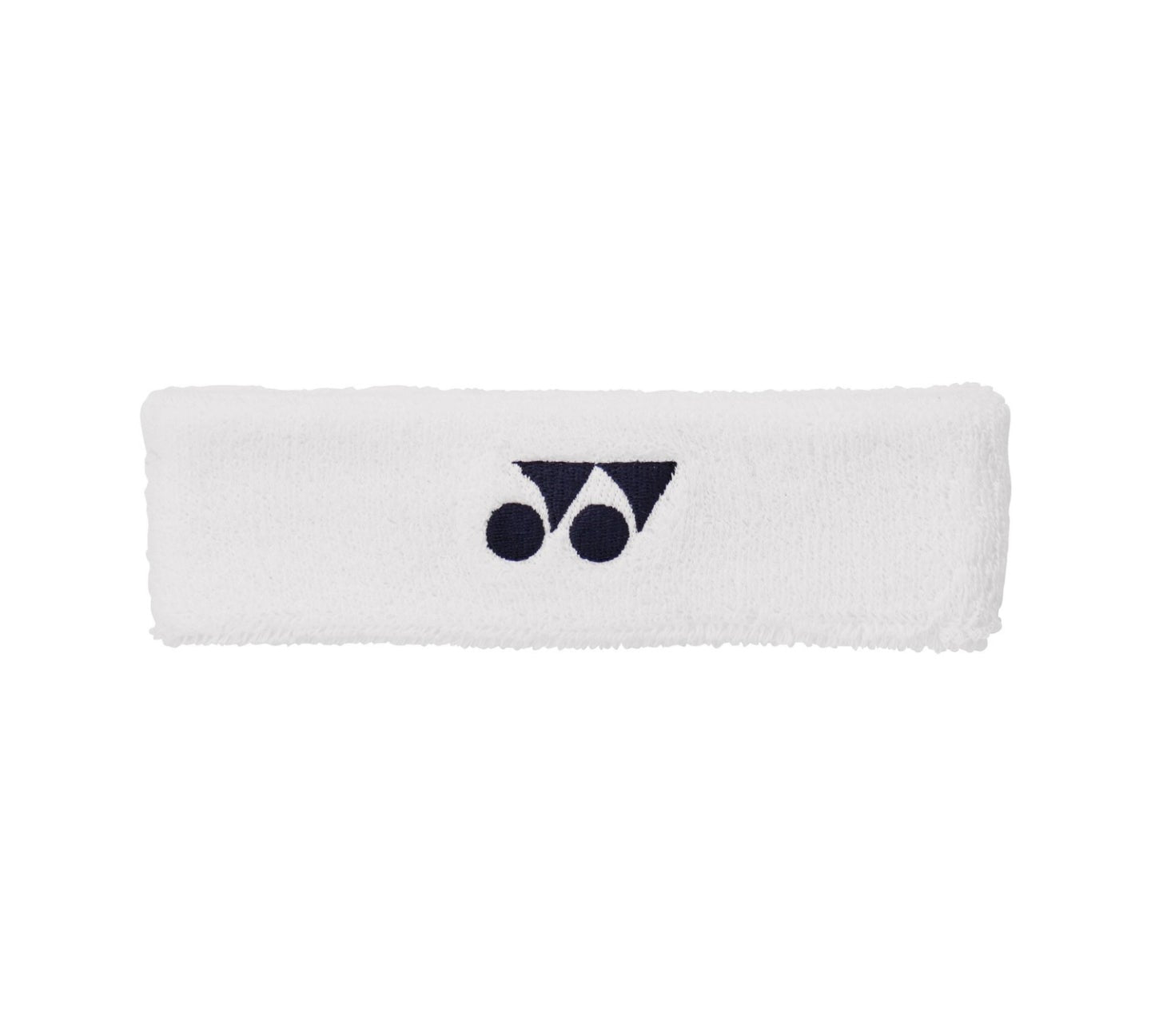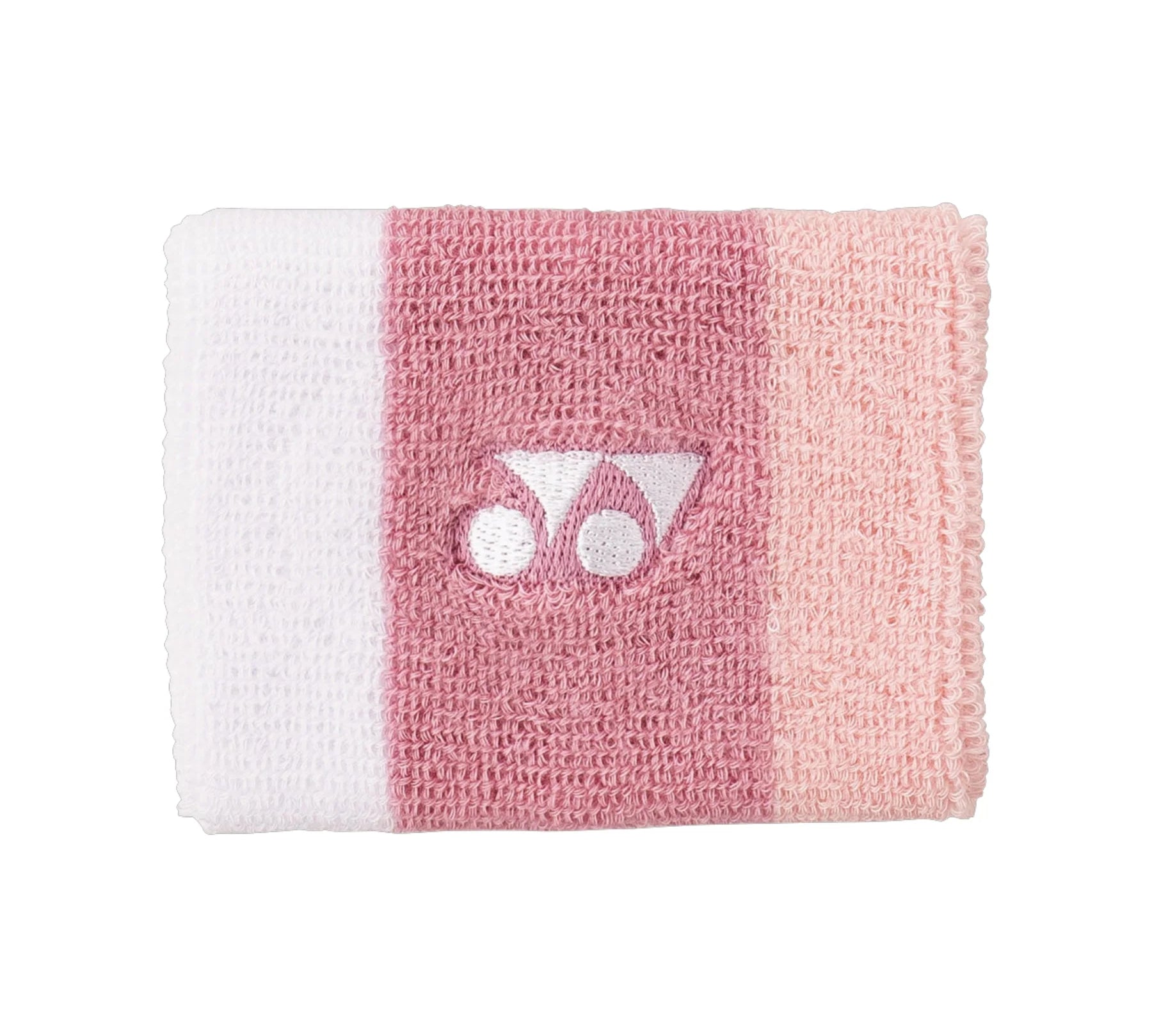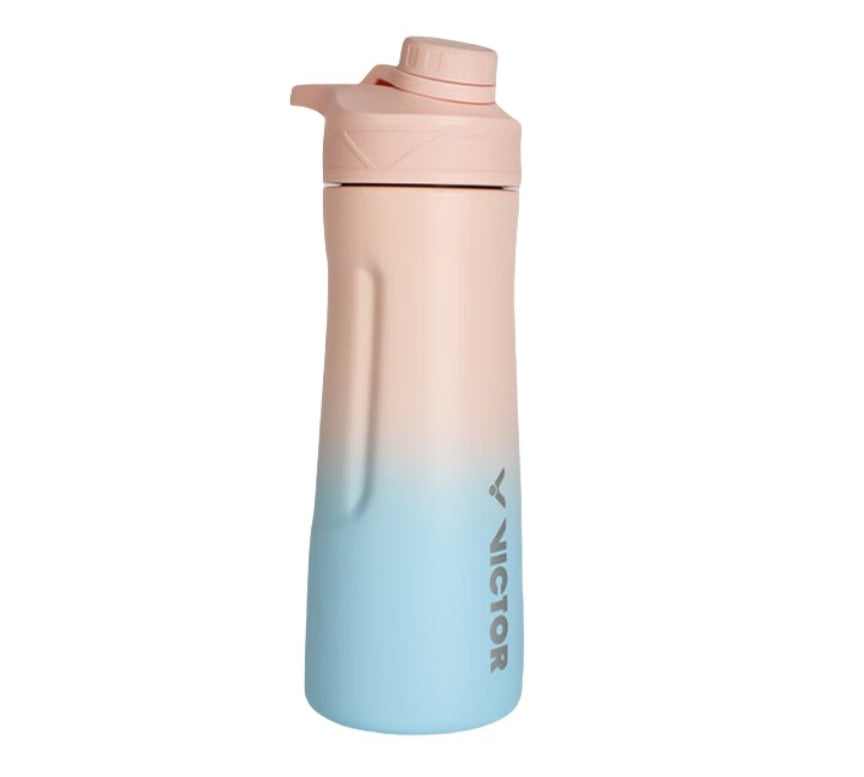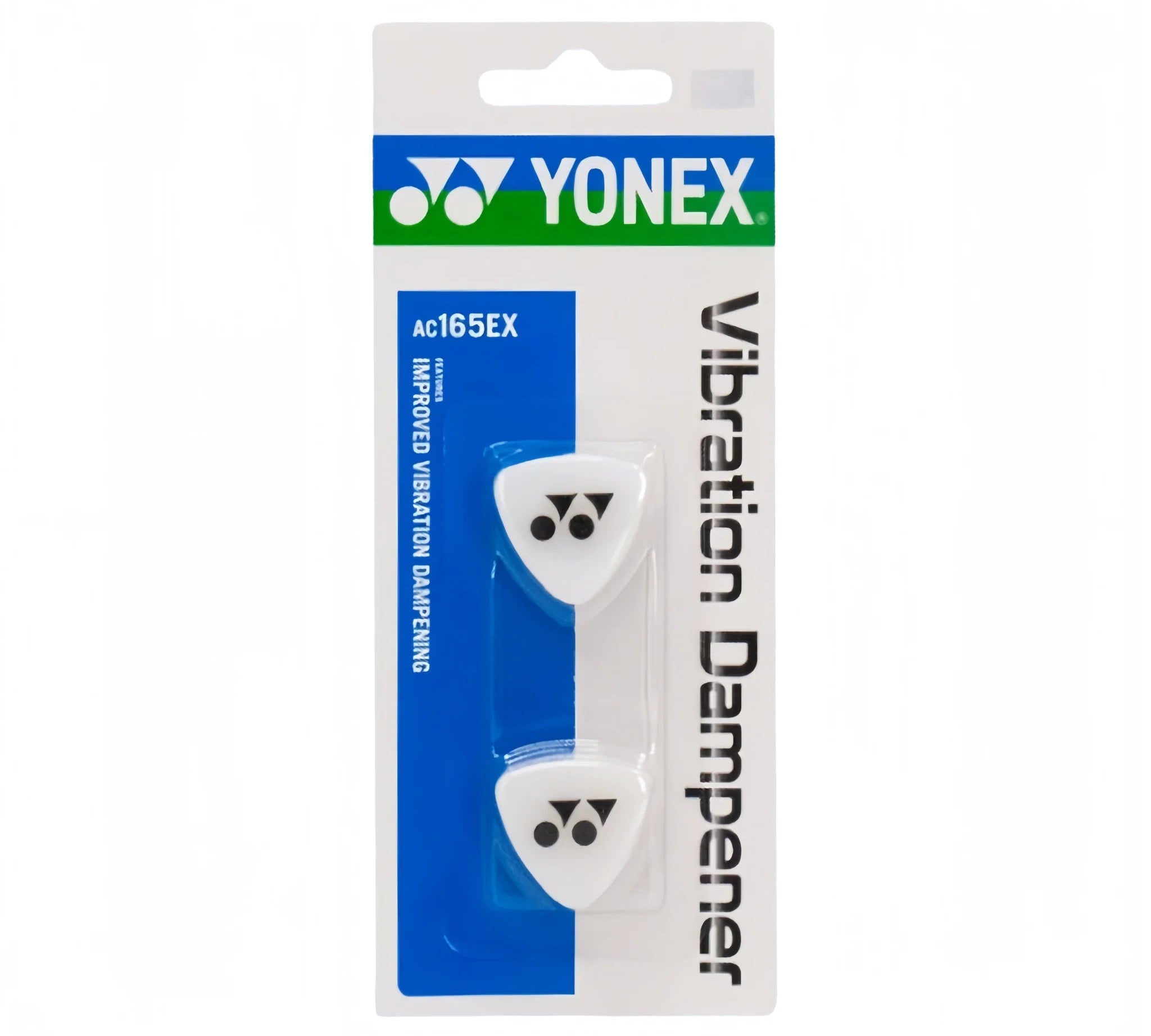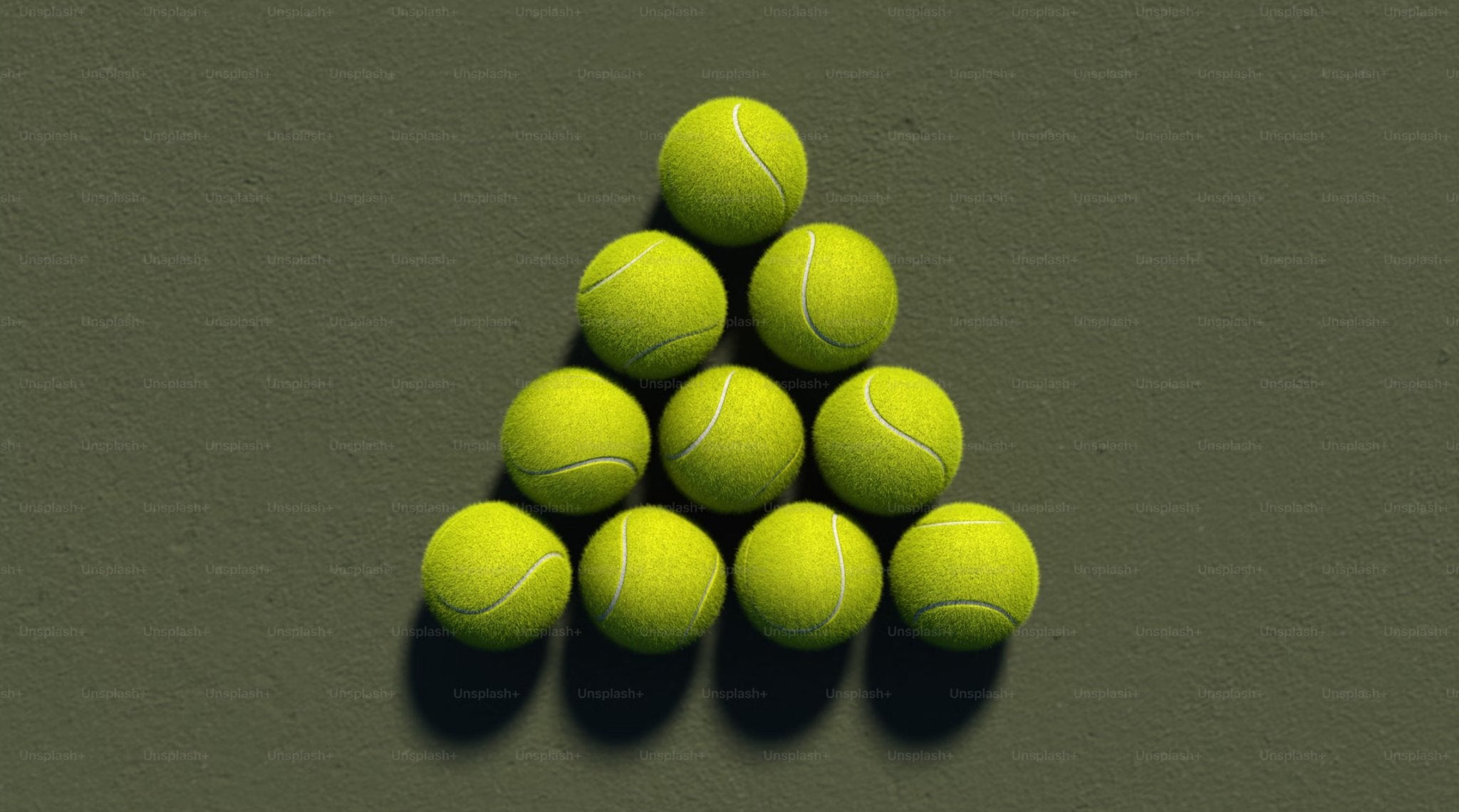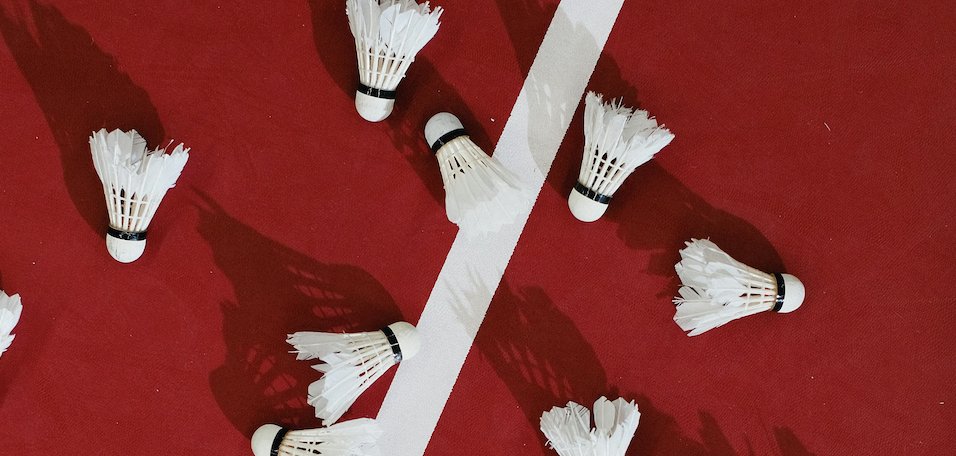When it comes to tennis, the type of tennis ball you choose can significantly impact your game. Understanding the differences between the various types of tennis balls—pressurized, pressureless, and high altitude—can help you select the right ball for your needs. Additionally, the felt covering and color of a tennis ball play crucial roles in its performance and visibility. Let’s dive into the details of these different types of tennis balls.
Pressurized Tennis Balls
Pressurized tennis balls are the most commonly used in professional matches and tournaments. These balls have a hollow core filled with pressurized gas, which contributes to their bounce and liveliness. When you first open a can of pressurized tennis balls, you’ll hear a distinct hissing sound as the gas escapes.
Key Points:
- Bounce and Liveliness: The pressurized gas inside provides a high bounce and responsive feel.
- Lifespan: These balls have a limited lifespan as the gas escapes over time, leading to reduced bounce and liveliness.
- Best For: Players of all skill levels, though they may not be ideal for those seeking longer-lasting balls.
Pressureless Tennis Balls
Pressureless tennis balls are a different breed. Unlike pressurized balls, these are solid with no hollow core or pressurized gas. They are made from dense rubber, which provides their bounce and liveliness.
Key Points:
- Durability: Pressureless balls are more durable and maintain their bounce for months or even years.
- Bounce: They offer a consistent bounce over time, though it may be less lively compared to pressurized balls.
- Best For: Players who prefer a ball with a longer lifespan and those who like a softer feel.
High Altitude Tennis Balls
High altitude tennis balls are designed for play at higher elevations, where the air pressure is lower than at sea level. Regular tennis balls may bounce too high and too fast at these altitudes, making control difficult.
Key Points:
- Pressure: These balls are designed with less internal pressure to compensate for the lower air pressure at high altitudes.
- Performance: They offer a lower bounce and slower speed, making them more suitable for high-altitude play.
- Best For: Tennis played at elevations of 4000 feet (1200 meters) or higher.
Felt Coverings for Tennis Balls
The felt covering of a tennis ball affects its bounce, speed, and durability. There are three main types of felt coverings:
Regular Duty Felt:
- Description: Made from a blend of wool and nylon, this felt has a shorter nap, meaning it's less fluffy and offers a lower bounce.
- Durability: It wears out faster compared to other types of felt.
- Best For: All court surfaces, though it may not be as durable on rough surfaces.
Extra Duty Felt:
- Description: Thicker and more durable than regular duty felt, with a longer nap that gives a fluffier ball and a higher bounce.
- Durability: Better suited for hard court surfaces, as it can withstand rougher conditions.
- Best For: Hard courts and professional tournaments.
High Altitude Felt:
- Description: Made from a blend of wool and synthetic fibers, designed to maintain durability and bounce in high-altitude conditions.
- Best For: Use on all court surfaces at high altitudes.
Tennis Ball Colors
The color of a tennis ball can impact visibility for players, spectators, and television cameras. Here’s a look at the different colors of tennis balls:
Yellow Tennis Balls:
- Description: The most common color, introduced as the standard for professional tennis in the 1970s.
- Visibility: Provides excellent visibility on green and clay courts and is easily tracked by TV cameras.
White Tennis Balls:
- Description: Less common but still used, especially on grass courts and in indoor tournaments where lighting is a concern.
- Visibility: Not as easy to see as yellow balls, but preferred in some conditions.
Other Colored Tennis Balls:
- Description: Includes colors like orange, pink, and black. These are not typically used in professional matches but are popular for recreational play.
- Fun Factor: Adds variety and can be more visually appealing for casual players.
Choosing the right tennis ball can enhance your game and provide a better playing experience. Whether you prefer the bounce and liveliness of pressurized balls, the durability of pressureless balls, or the high-altitude performance of specialized balls, understanding your options is key. Additionally, considering the felt covering and color can further tailor your choice to your playing conditions and preferences. Explore the different types and make an informed decision to elevate your tennis game.











